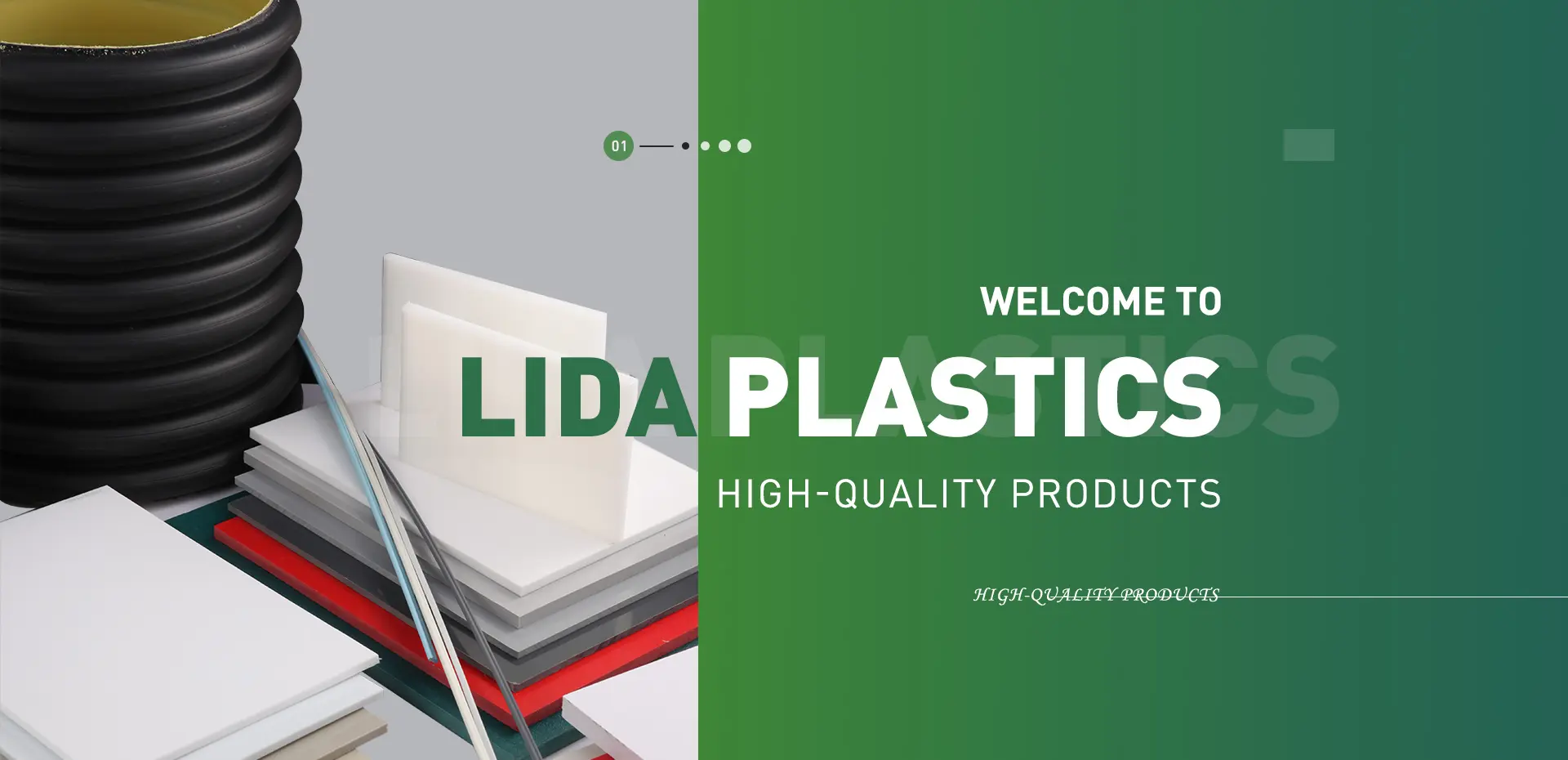అక్టో . 09, 2024 13:16 Back to list
Techniques for Joining HDPE Pipes in Various Applications and Environments
Understanding HDPE Pipe Jointing Methods and Best Practices
High-Density Polyethylene (HDPE) pipes are increasingly becoming the go-to choice for various applications due to their durability, flexibility, and resistance to corrosion. Proper jointing of HDPE pipes is critical to ensure a leak-free and robust pipeline system. This article delves into the techniques and best practices for effectively joining HDPE pipes.
Types of Jointing Methods
There are primarily three methods for joining HDPE pipes electrofusion, butt fusion, and mechanical fittings
. Each method has its specific applications and advantages.1. Electrofusion This method uses an electrofusion fitting that contains built-in heating elements. When electric current is applied, these elements heat the fitting, melting the pipe surfaces and creating a strong bond. Electrofusion is particularly suitable for smaller diameter pipes and is favored for its reliability and ease of use, especially in tight or hard-to-reach spaces.
2. Butt Fusion This is one of the most common techniques used for joining HDPE pipes. It involves aligning two pipe ends, heating them with a heating plate until they reach a specific temperature, and then pressing them together to form a solid joint upon cooling. Butt fusion is ideal for larger diameter pipes and provides a joint that is as strong as the pipe itself, ensuring long-term durability.
3. Mechanical Fittings This method involves the use of fittings that connect the pipes without the need for heat. Mechanical joints are easy to install and allow for easy disassembly if necessary. However, they may not offer the same level of integrity as fusion methods and are often used in applications where flexibility is required.
hdpe pipe jointing

Best Practices for Jointing HDPE Pipes
To ensure successful jointing of HDPE pipes, certain best practices should be followed
- Preparation Clean the surfaces of the pipes thoroughly. Any dirt, moisture, or contaminants can affect the quality of the joint. - Temperature Control Monitor the temperature carefully during the fusion process. Variations can lead to weak joints that may fail under pressure.
- Alignment Ensure the pipes are aligned correctly before applying heat. Misalignment can create stress points that may result in leaks.
- Post-Jointing Inspection Once the pipe is joined, conduct a thorough inspection to verify the integrity of the joint. This can include visual inspections and, when necessary, pressure testing.
In conclusion, the jointing of HDPE pipes is a crucial aspect of pipeline installation and maintenance. Understanding the various methods available and adhering to best practices can significantly enhance the performance and longevity of HDPE pipe systems. As the demand for efficient and durable piping systems continues to grow, mastering these techniques becomes ever more essential.
-
Durable HDPE Sheet | Versatile & Impact-Resistant Plastic
NewsAug.13,2025
-
Premium PVC Soft Sheets: Clear, Flexible & Durable
NewsAug.12,2025
-
Premium PVC Round Rods: Durable, Chemical Resistant, Easy to Machine
NewsAug.11,2025
-
PP U-channel: Chemical-Resistant, Lightweight & Durable
NewsAug.10,2025
-
Transparent PVC Pipe: Clear Flexible Tubing for Fluids
NewsAug.09,2025
-
Durable PP Rigid Sheet: Versatile & High-Quality Plastic Panels
NewsAug.08,2025

